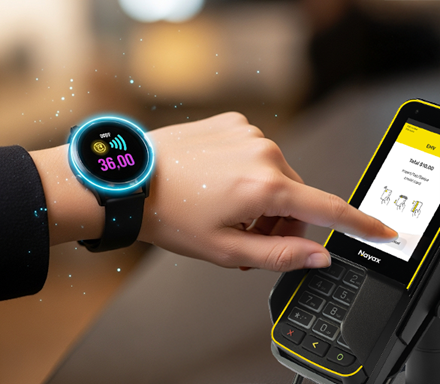Near Field Communication (NFC) is a short-range wireless communication technology, based on radio-frequency identification (RFID) technology, that enables two devices to establish a communication link when they are within a few centimeters of each other.
Uses of NFC
NFC technology is used in a wide range of applications, including:
- Contactless payment systems – to enable customers to make payments quickly and easily, without the need to enter a PIN or sign a receipt.
- Mobile payment systems – to make payments using their mobile devices, without the need to carry a physical payment card.
- Access control systems – to enable employees to enter a secure area by swiping their access card or mobile device.
- Loyalty programs – to enable customers to earn and redeem rewards by swiping their loyalty card or mobile device.
- Asset tracking systems.
- Inventory management systems.
How NFC Works
NFC technology works by using two devices, a reader/writer and a tag. The reader/writer device sends a signal to the tag, which responds with the necessary information, such as a payment card number, loyalty card number, or access credential.
NFC technology uses two modes of operation, active and passive. In active mode, both the reader/writer and the tag are powered, and the communication link is established when the two devices are within range – typically within a few centimeters of each other. In passive mode, the tag is not powered, and the communication link is established when the reader/writer device sends a signal to the tag.


